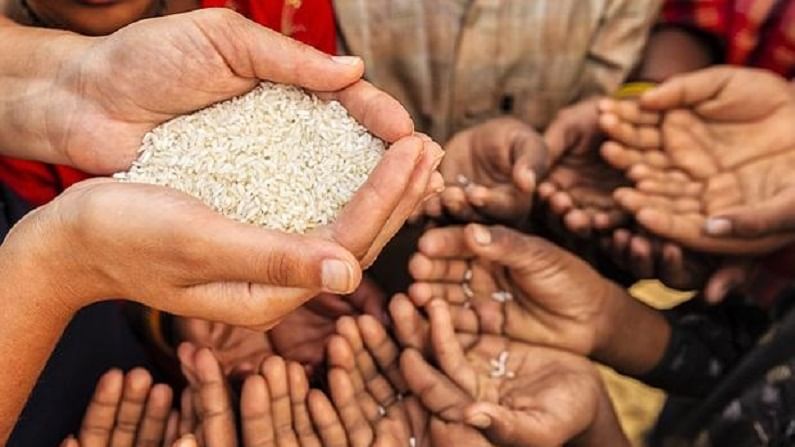9.27 lakh severely acute malnourished children identified till November last year: RTI
An estimated 9,27,606 severely acutely malnourished children from six months to six years were identified across the country till November last year.

More than 9.2 lakh children in India are ‘severely acute malnourished’, with the most in Uttar Pradesh followed by Bihar, according to government data, underscoring concerns that the Covid pandemic could exacerbate the health and nutrition crisis among the poorest of the poor.
An estimated 9,27,606 ‘severely acute malnourished’ children from six months to six years were identified across the country till November last year, the Women and Child Development Ministry said in response to an RTI query from PTI.
Of these, Uttar Pradesh counted for 3,98,359 and Bihar 2,79,427, according to the figures shared by the ministry. Ladakh, Lakshadweep, Nagaland, Manipur, and Madhya Pradesh reported no severely malnourished children.
Except for Ladakh, none of the anganwadi centres in the other four, including Madhya Pradesh, one of India’s largest states, reported any data on the matter, according to the RTI reply.
The World Health Organisation (WHO) defines ‘severe acute malnutrition (SAM) by very low weight-for-height or a mid-upper arm circumference less than 115 mm, or by the presence of nutritional oedema. Children suffering from SAM have very low weight for their height and are nine times more likely to die in case of diseases due to their weakened immune system.
The Women and Child Development Ministry had last year asked all states and union territories to identify SAM children for their early referral to hospitals. The figure of 9,27,606 came following that exercise.
The worry is that the numbers could not just be an underestimation but also rise in view of the ongoing pandemic with fears that the third wave could impact children more than others.
“There is a rise in unemployment, there is a rise in an economic crisis which is bound to have repercussions on hunger and when there is hunger there will be malnutrition. The government has a clear-cut protocol and they need to ramp that up,” Enakshi Ganguly, co-founder of the HAQ Center for Child Rights, told media.
While Uttar Pradesh and Bihar top the list for SAM children, they are also home to the highest number of children in the country. According to 2011 census data, Uttar Pradesh has 2,97,28,235 (2.97 crore/29.72 million) children aged 0-6 years while Bihar has 1,85,82,229 (1.85 crore/18.5 million). According to the RTI response, Maharashtra reported 70,665 SAM children followed by Gujarat at 45,749, Chhattisgarh at 37,249, Odisha at 15,595, Tamil Nadu at 12,489, Jharkhand at 12,059, Andhra Pradesh at 11,201, Telangana at 9,045, Assam at 7,218, Karnataka at 6,899, Kerala at 6,188 and Rajasthan at 5,732.
The identification of SAM children was done by over 10 lakh Anganwadi centres from across the country.
Ganguly stressed the role of Anganwadi centres in helping improve the nutrition status of the children.
“The anganwadis have to become much more functional and if the possibility of children reaching anganwadis is going to become hard because of lockdowns, then the anganwadis need to reach the children. So what are the plans for that?” she asked.

